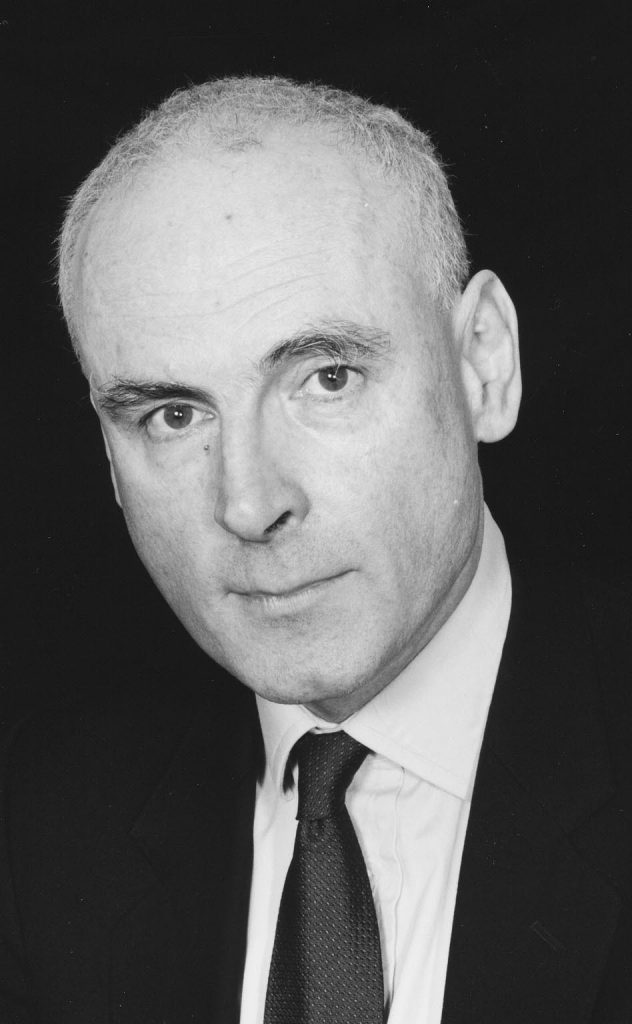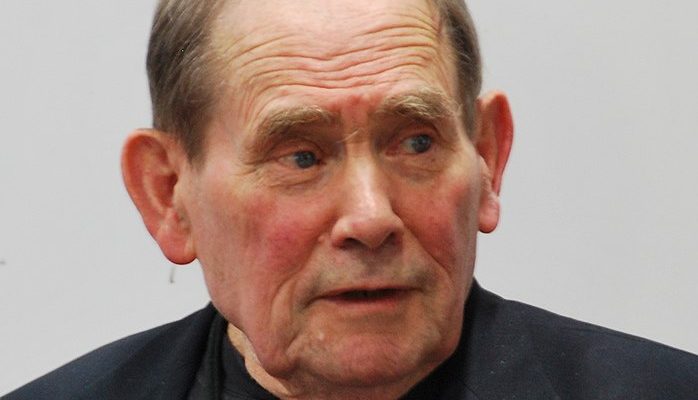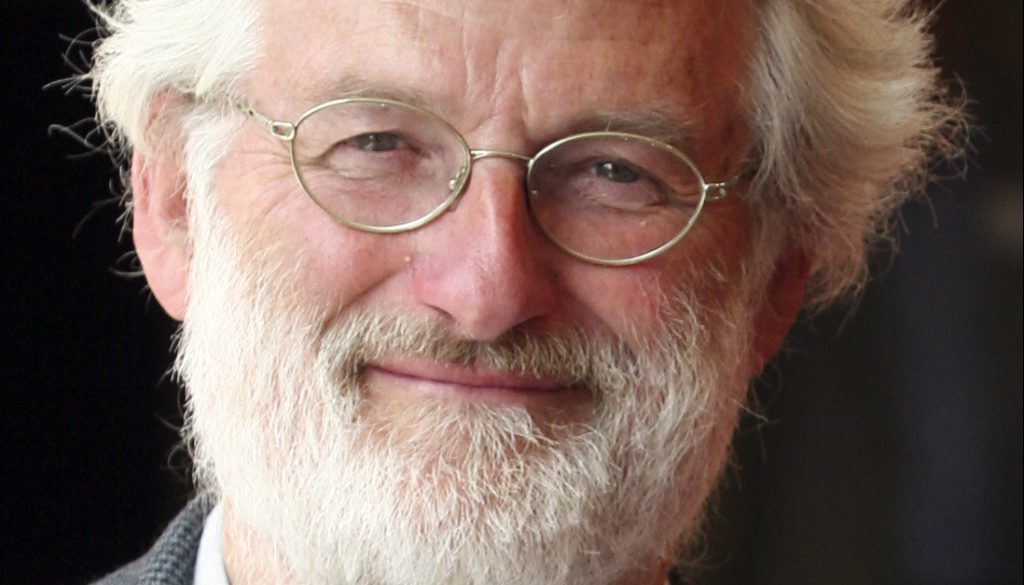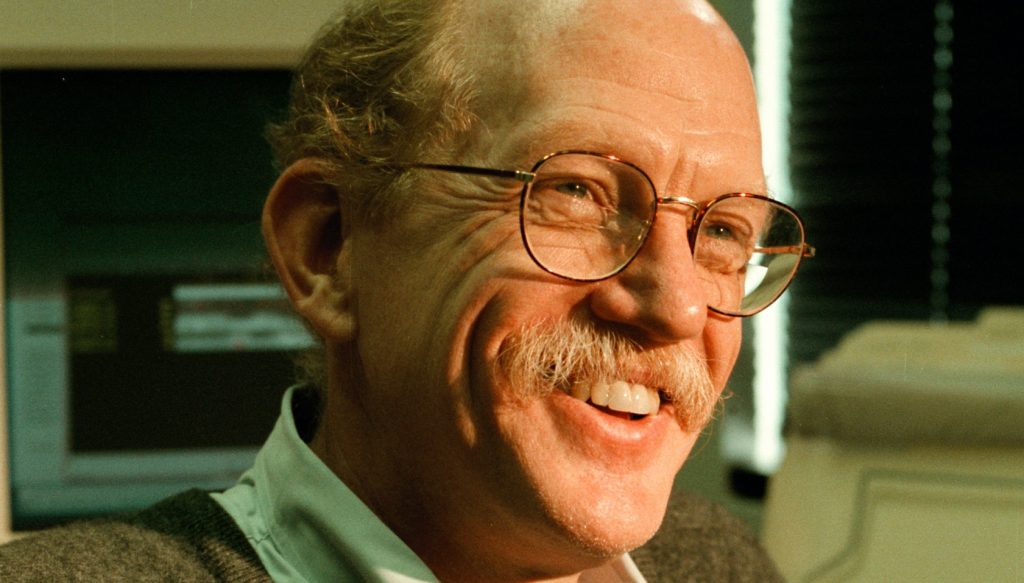The Warburg Library, London

The Warburg Library, London
Past: History
Professor Charles Hope, Director, Warburg Institute 2001-2010
For facilitating the study of Western civilization and its convergence with the ancient and modern cultures of Islam, Judaism, and early Christianity, the Warburg Library has been awarded the first Dan David Prize for History for its exemplary activities in supporting the human quest for understanding of the past as a touchstone for the future.
The Warburg Library assists scholars working in different historical traditions, and has an outstanding record in the preservation of materials for historical study. Unique in its contents and their organization, it occupies a distinctive and exceptional position in the international world of learning. It is recognized as the first Dan David Prize winner in the field of History for its achievements in the preservation and explication of historical civilizations.
The Warburg Library is part of the Warburg Institute of the University of London. The Institute exists principally to further the study of the classical tradition, i.e. those elements of European thought, literature, art and institutions rooted in Western tradition, defined as a convergence of Classical (Greco-Roman), Jewish, Christian and Islamic traditions.
The library embodies the vision of its founder, Aby Warburg (1866-1929), and began as the personal library of the Hamburg scholar, whose research centered on the intellectual and social context of Renaissance art.
In 1921 the library became a research institute for cultural history, expanding both its historical scope and its activities as a center for lectures and publications. In 1933 it moved from Germany to London to escape the Nazi regime, and in 1944 it was incorporated into the University of London. It became a member-institute of the university’s School of Advanced Study. Its first Director was Fritz Saxl, who was followed by Henri Frankfort, Gertrud Bing, E.H. Gombrich, J.B. Trapp, Nicholas Mann and Charles Hope, who was succeeded by Peter Mack in 2010, followed by David Freedberg and later William H. Sherman.
The arrangement of the library upholds the element of continuity between medieval and modern civilization. The collection focuses on the enduring presence of symbols and images in European art and architecture, the persistence of motifs and forms in Western languages and literatures, the gradual transition in Western thought from magical beliefs to religion, science and philosophy, and the survival and transformation of ancient patterns in social customs and political institutions.
The approximately 350,000 volumes are grouped into five sections: social and political history; religion; history of science and philosophy; literature, books, libraries and education; history of art. There are about 2,500 periodicals, about half of them current. The Samuel H. Kress Foundation has presented the library with a complete microfiche edition of the 4,800 pre-1800 volumes in the Cicognara collection at the Vatican Library.
The working papers of Aby Warburg, Fritz Saxl, Henri Frankfort, Robert Eisler, Evelyn Jamison, D.P. Walker, Roberto Weiss and Frances A. Yates are available in the archives.
Readers have free access to the library’s resources.
Professor Charles Hope
Professor Charles Hope was born in 1945, and acquired his diverse academic education in history and art at the universities of Cambridge and Oxford. After earning a PhD from Oxford in 1975, he became a lecturer and scholar at the Warburg Institute. He served as Director of the Warburg Institute from 2001, and as Professor of the History of the Classical Tradition from 2002. Professor Hope’s main area of study and research is Italian Art in the period 1400-1600; he is particularly interested in the life and works of Titian. No other artist of the Renaissance period – with the exception of Raphael – has been interpreted in as much depth as Titian through the research of Charles Hope. Through his works, Professor Hope has significantly contributed to the research of the Renaissance period and Renaissance art.


